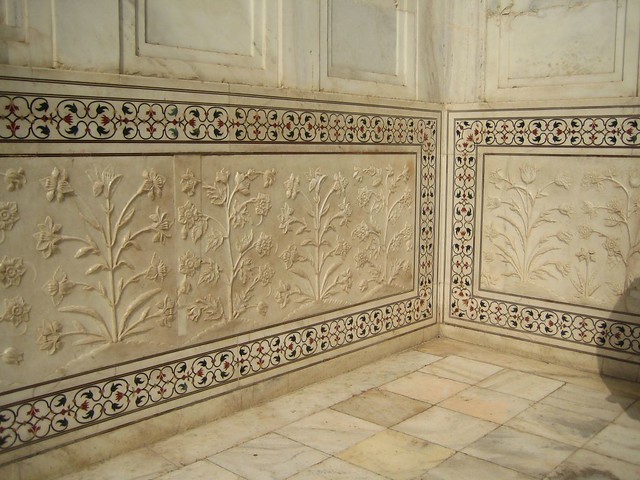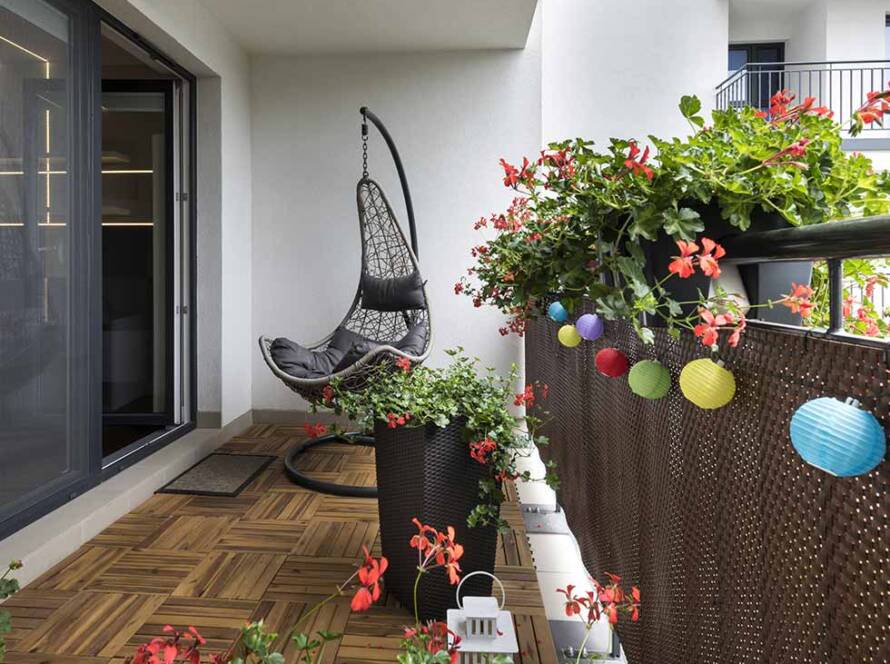Decorative and aesthetic floors are quality flooring used from a long time ago to add value to homes, palaces, and gardens. Meanwhile, people adopt again these types of flooring to make alterations to their homes. Thus, when decorating your home with an attractive floor, you will bring peace and mindfulness to it, which is an important thing to consider when you want to install a floor or buy a new floor. Color, pattern, and design can greatly affect the mood of the room and the mood of the family member.
Inlays floor is one of these decorative floors adopted in homes. With a large history and many benefits, and designs, Inlays floor can be the best choice for you and your home.
What is inlay working?
Starting with a definition of inlay working, Inlay is any artistic method utilized in the creative and visual arts to incorporate or put materials of different shades, colors, or kinds into a shallow or depressed base or surfaces in order to produce an attractive arrangement, design, pattern, or picture. Enamelwork, furniture ornamentation, lacquer work, and metals all use inlay methods. Even though it is not precisely inlaid, techniques like marquetry and boulle work are frequently used. It is also closely related to veneering.
Talking a little bit about the history
Numerous materials can be used for inlaying. For this craft, materials such as wood, metal, ivory, camel bone, and even pearls, and shells, are employed. Similar to other old crafts, the history of this art’s beginnings is obscure. Nonetheless, it claims that this art originated in Islam. Some claim that Iranian signet makers are responsible for its inception. The Egyptians have been using this artwork from an extremely ancient time in history, according to historical data.
What are Inlays made of?
Inlays made from a variety of materials. The raw materials for this art range from wood, metal, ivory, and camel’s bone, to even pearls and shells. History shrouds the origins of this art, as does that of all ancient handicrafts. Nevertheless, it believed that this art has an Islamic origin. Signet makers in Iran are said to have originated it. Throughout history, there is evidence that the Egyptians used this art from a very early age.
Artistry and patience are required to master this art. Whether the inlay made of wood, metal, or shell, the designs are drawn on the material first.
These designs must be cut out from the whole material, which can be a very tedious process. These designs must be cut out from the whole material, which can be a very tedious process. In order to cut out these designs from the whole material, it is necessary to use a very cumbersome method. A delicate saw called a coping saw is used for this.

Sorting and keeping aside the carefully cut pieces follows. Upon the base surface, the intricate design will be drawn. Creating niches in this design requires patience and skill since it requires carving out the whole material from the whole design. Previously cut pieces should fit perfectly into the niches.
Step three involves inserting the inlay pieces into the slots. The pieces will together create a magnificent artwork once they are inserted into the niches. Perfecting the images requires smoothing and polishing the surface.
An inlay is a term used to describe a related old craft known as marquetry, which entails cutting large pieces of veneer and covering an object’s whole surface with them. Despite the fact that they are fairly similar, this art should not be confused with inlay.



